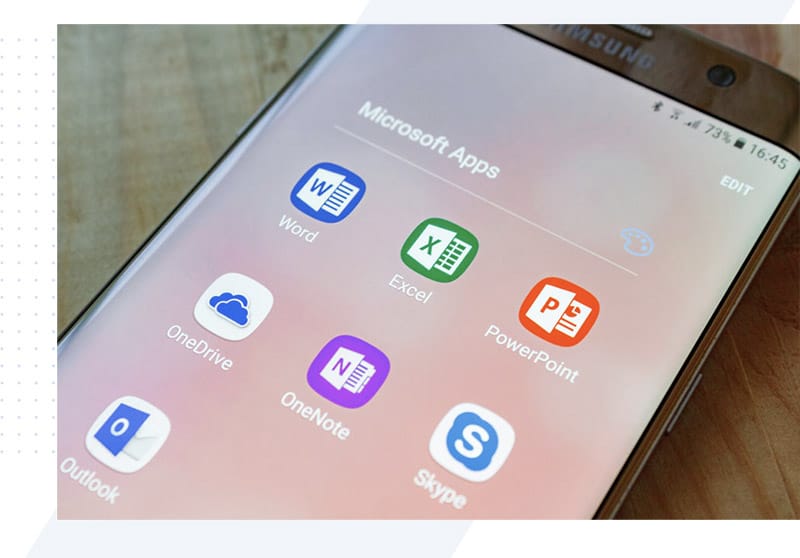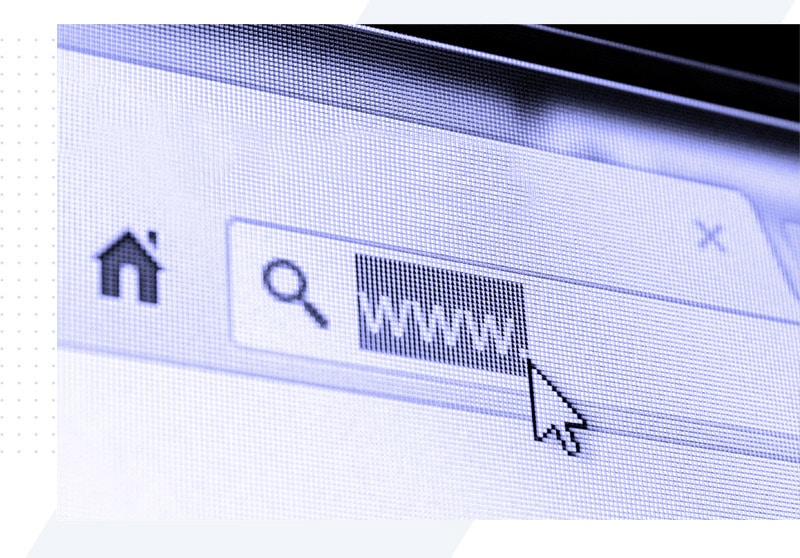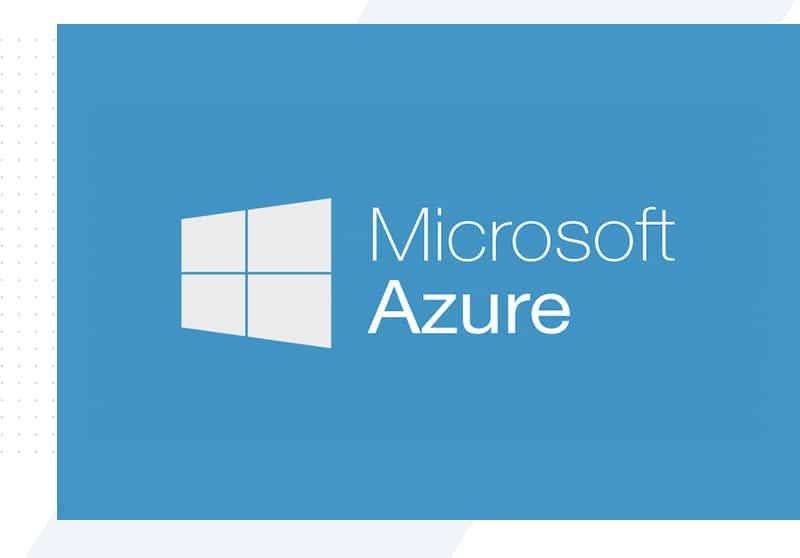Email Changes That Might Affect Your Business Growth

Most small businesses are now leveraging the power of email marketing by sending out weekly or monthly newsletters to their client base and prospects.
These newsletters can be managed in-house or outsourced to a marketing agency. Depending on the size of the email list, businesses might use an email marketing platform like Mailchimp or HubSpot.
One of the key performance indicators (KPIs) for these services is the deliverability of your emails. When you press the send button, are the emails being delivered correctly to all contacts on the list?
Is your business using an email marketing service like this?
Recent changes to how both Google and Yahoo accept or reject email messages have significantly impacted many businesses relying on these email marketing platforms.
In this article, you’ll learn about these changes, what they entail, and how you can overcome the tighter security restrictions to ensure your marketing efforts are not landing in the junk mail folder.
Stricter DMARC rules
Both Google and Yahoo have introduced stricter rules on sending bulk emails. As of February 2024, if you send over 5,000 emails, you must comply with having a DMARC policy associated with the sending domain. Specifically, you must have compliant SPF and DKIM records associated with your business domain name.
Many IT providers set up SPF as part of the initial configuration of your Microsoft 365 environment, but achieving full DMARC compliance across all online services your business uses might still have gaps.
Email marketing is usually the first area where these issues are noticed, as most platforms have issued warnings about the change and are now implementing tighter security restrictions, including reducing the number of email sends from the initially quoted 5,000.
What you need to do
- Consult with Your IT Provider: Confirm they’ve met the required criteria of the new changes across all your online business services. If they’ve been doing their job correctly, DMARC should be in place for at least your default email service (e.g., Microsoft 365, Google Workspace).
- Review Business Apps: List all the business apps your departments use. This may require collaboration with each department, and your IT provider should proactively manage this.
- Test Your Compliance: Use a tool like EasyDMARC to check the DMARC record set on your business domain. If it shows all good, remember this might only cover your main email service and not secondary services like your email marketing platform.
If you are in doubt or want a second opinion on your business email setup and whether DMARC is correctly configured for your domain, don’t hesitate to get in touch with us.















